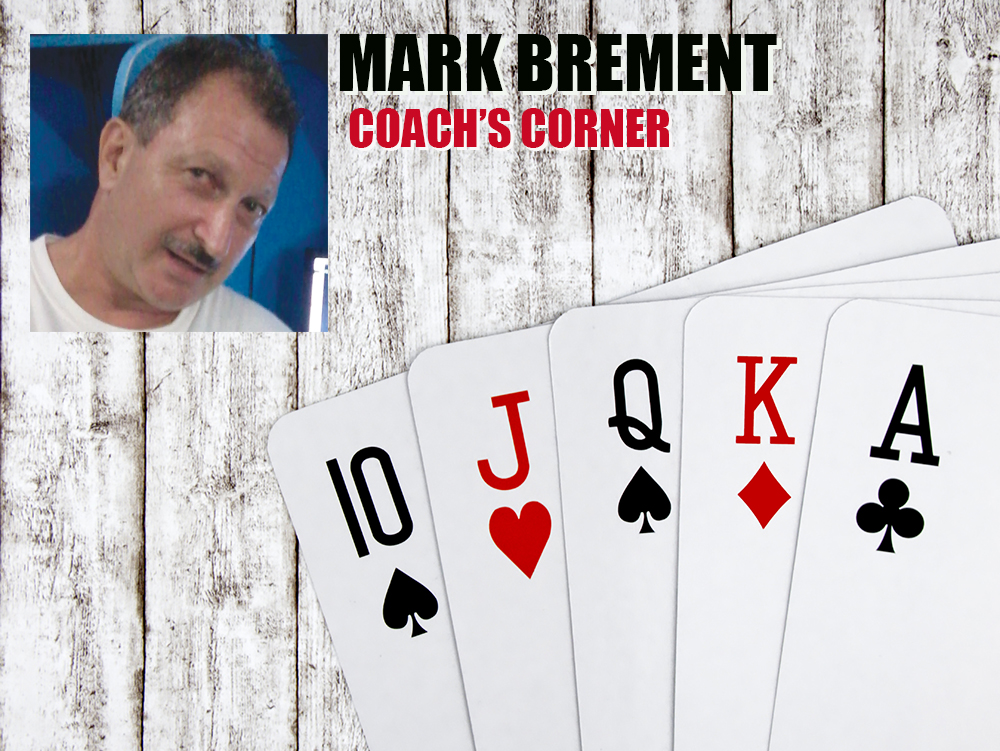Editor’s note: This is one in a series.
Most of my students over the past decade have come through my poker class at Pima Community College, starting off as beginners.
Now they’re all proficient to say the least. One of my students finished second recently in online tournament with 510 players, and he admits he still has a ways to go.
Even my strongest students still need a coach. I’d like to coach some winning players who want to get to the top, who understand they could and should be better players and that there’s always room to improve.
Our next Poker Commandment in my series is: Thou shalt understand the math.
In a deepstacked $2-$5 no-limit hold’em game, I watched a friend play this hand. He had $225 and his opponents’ stacks were between $400-$500. Our hero is in the big blind as an early position player limped. A tight player in the cutoff raised to $22 and the button called. My friend in the BB called, which brought in the limper. So four players saw the flop with $88 in the pot. The BB paid $17.
The flop came 10-8-4 rainbow. Player A checked, initial raiser bet $75 and the next player called. Hero pushed all-in for the rest of his stack (remember he started with $225).
The initial check folded, Villain 1 and Villain 2 called. The turn was a 10, pairing the board. Villain 1 pushed all-in and Villain 2 called. Villain 1 had A-A and Villain 2 had K-K. Our hero had 7-9, giving him eight outs.
There are many ways to approach this hand, but we’ll examine this from a stack perspective.
Paying $17 to see a flop with about $70 in the pot is poor. If the hero has a deep enough stack to win 100 times the $5 big blind then we can give him a pass.
Our hero had eight outs. Calling $75 after flop is poor. You cannot commit 33 percent of your stack without getting the rest of your money in the middle. Players must understand stack-to-pot ratio.
Good job moving in; don’t forget about fold equity.
The river is irrelevant. Players are results-orientated. This ruins our analysis. Bottom line is poker is a net-sum game; our hero “got his money in good” because he got better than 3-to-1 on his money.
— Email Mark Brement at editor@anteupmagazine.com.




